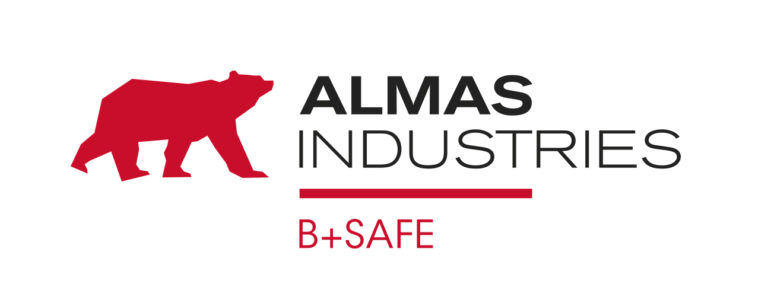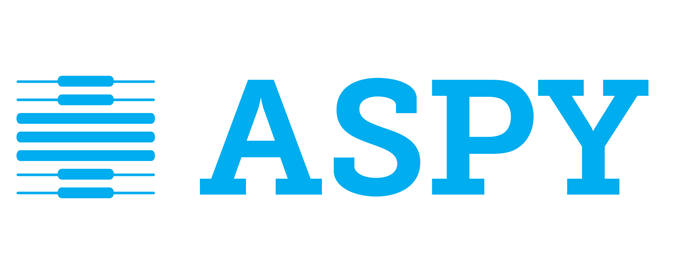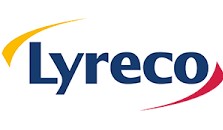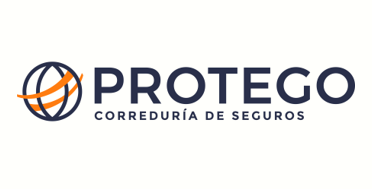Interporc, the Interprofesional del Porcino de Capa Blanca) has participated in a round table on animal nutrition held at the ‘XXI International N Workshop’, which has been developed at the Escuela Técnica Superior de Ingeniería Agraria, Alimentaria y de Biosistemas of the Universidad Politécnica from Madrid.
The main conclusion from Interporc focuses on the important improvements in the reductions of greenhouse gas emissions (GHG) and nitrogen per animal achieved in recent years. The effectiveness of the measures adopted by the white coat pig sector to reduce nitrogen emissions has allowed them to be reduced by 50% per animal in the last 30 years. nitrogen emissions data are obtained from the analysis of some impact categories, such as acidification or eutrophication. An identification that allows establishing adequate strategies for its reduction.
It is, as analyzed by Araceli Orozco, advisor of INTERPORC, to improve the efficiency in the use of fertilizers; continue advancing in the use of nitrogen in feeding, the control of the direct evaporation of nitrogen in the form of ammonia inside the facilities and in the handling of slurry; and the evaporation in the phase of storage and application of these slurry
More information: INTERPORC
Anothers information about de pig sector :
Premian investigación sobre el aprovechamiento del amoníaco
De dónde procede el Co2 contaminante
















